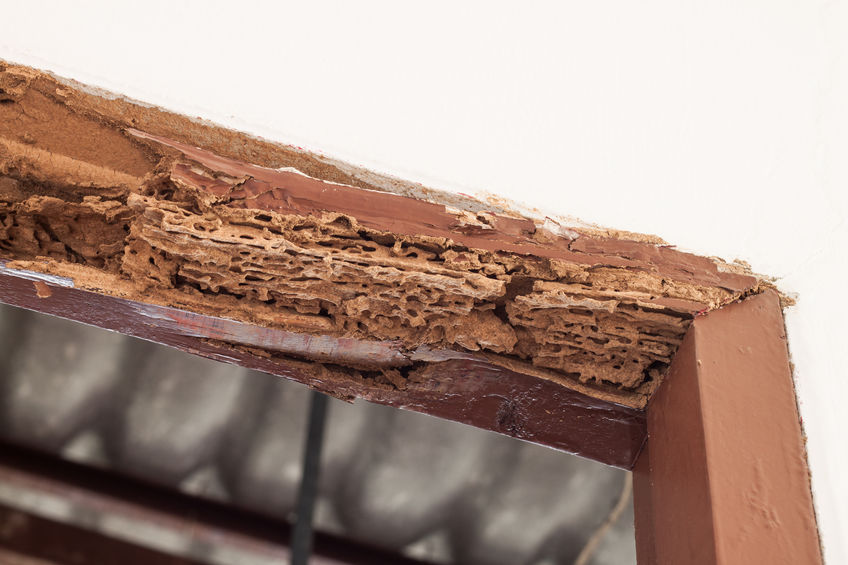Termites are easily the most economically damaging insect pests of homes in the world, and they are responsible for inflicting well over two billion dollars in structural damage annually in the United States alone. Several subterranean, drywood and dampwood termite species are known structural pests in the US, but subterranean termites are the most significant, as they are responsible for 80 percent of infestations reported every year in the country. The most common and destructive termite species in the US, R. flavipes, can be found in most states, including Massachusetts where infestations are relatively common. R. flavipes is more commonly known as the eastern subterranean termite, and this species dwells in colonies, many of which are composed of expansive networks of interconnected nests located below the ground in urban and suburban areas of Massachusetts, including Boston.
Several decades ago, the United States Forest Service developed the termite infestation probability map (TIP) in order to provide a clear representation of relative termite pest activity in four different regions of the country. Massachusetts is located in a region where termite pest activity is “moderate to heavy,” which follows only the Gulf Coast states in terms of termite pest activity. Homes located in regions where termite pest activity is high should be constructed with protective features that make them less likely to become infested with termites. For example, according to the Massachusetts State Building Code, certain parts of timber framed homes must be constructed with termite-resistant lumber components. Since subterranean termites infest homes from the ground up, they tend to infest and damage substructural lumber components located close to the ground, such as subflooring, piers, girders, sills, and plates. In Massachusetts, it is legally permissible to use many different types of termite-resistant wood to construct substructural areas that are vulnerable to termites, including pressure-treated wood, chemically treated wood, and even naturally resistant species of timber. State law considers redwood, Alaska yellow-cedar, eastern red cedar and both heartwood and all sapwood of Western red cedar species to be naturally resistant wood species. Unfortunately, natural, pressure-treated and chemically treated woods slowly degrade and become susceptible to termite attack overtime, which is why homes should be protected from termite infestations with affordable perimeter barrier treatments.
Was your home built after anti-termite building codes were enacted?

